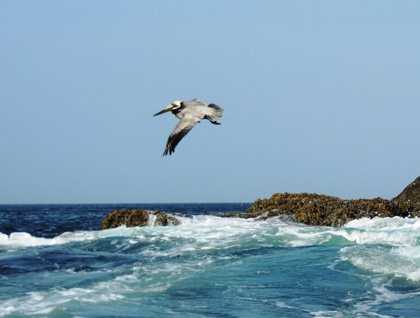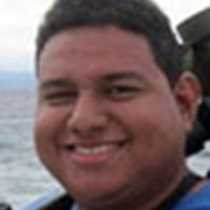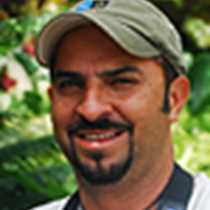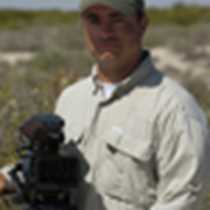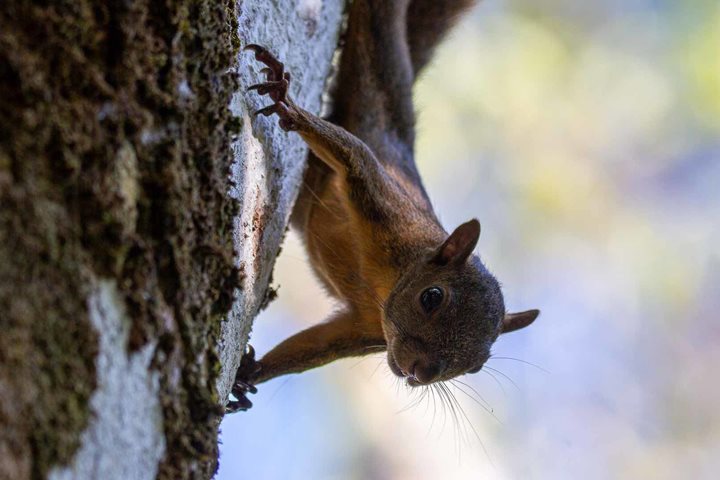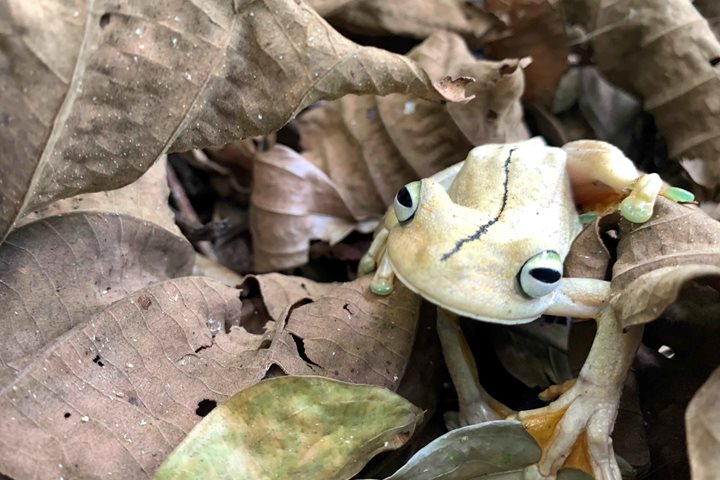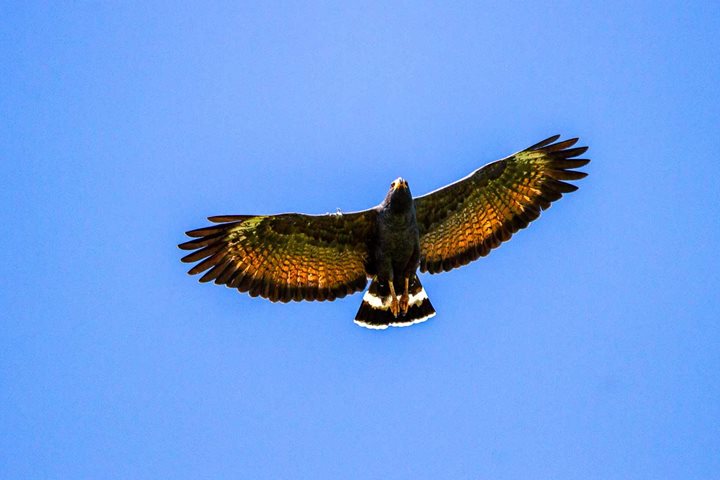After sailing all night we finally arrived to Bona Island in the Bay of Panama. Surrounded by hundreds of seabirds, this island is located 45 minutes from the entrance of the Panama Canal. We had the opportunity to do inflatable cruises and saw many nesting frigatebirds and brown pelicans. Panama has the second largest migration of brown pelicans in the continent.
We saw people from the nearest fishing community of Otoque. They were creeping into the dense forest looking for iguanas, which is part of their diet. I brought to our memories when the Spaniards were exploring Panama. They wrote daily about how the natives would hunt iguanas for their diet and the exchange of goods between natives and Spaniards. Today, 500 years after the discovery of the south sea, this activity is still practiced among certain groups of people in Panama.
After our morning activity, we repositioned National Geographic Sea Lion and dropped anchor at the entrance of the Panama Canal. Here we had to wait for the safety officers and for our pilot to come on board, before going to the Panama Canal. Once they were on board, we weighted anchor and headed towards the waterway of the Panama Canal.
On our way, we had the opportunity to see the third-largest container port in the coast of the Pacific Ocean. This port, known as Panama Port, allows big ships known as Post Panamax, which can’t fit in the locks, to unload their cargo and send it to the Caribbean side by train.
We reached Miraflores locks when the sun was still out. Our galley invited us up to the sun deck to taste the famous “corvina ceviche” while we waited for another vessel to join us, to use the locks in tandem. As the sun began to set, we enjoyed the transit and shared our thoughts about how many people died trying to complete this project and how it has last for 100 years and is operating better than ever.

